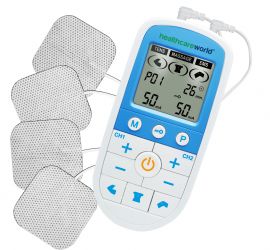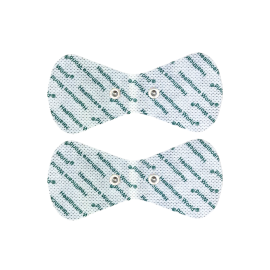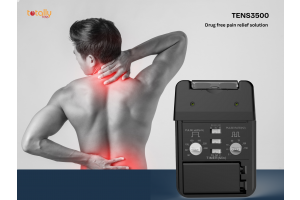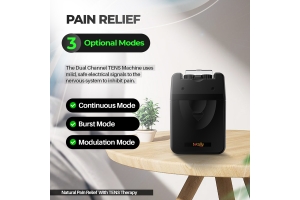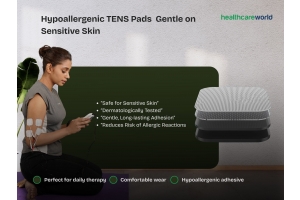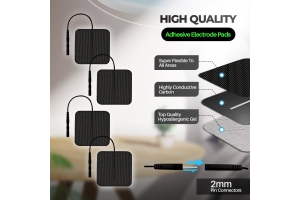We use cookies to make your experience better. To comply with the new e-Privacy directive, we need to ask for your consent to set the cookies. Learn more.
When to Use a TENS Machine in Labour: A Comprehensive Guide for Expectant Mothers
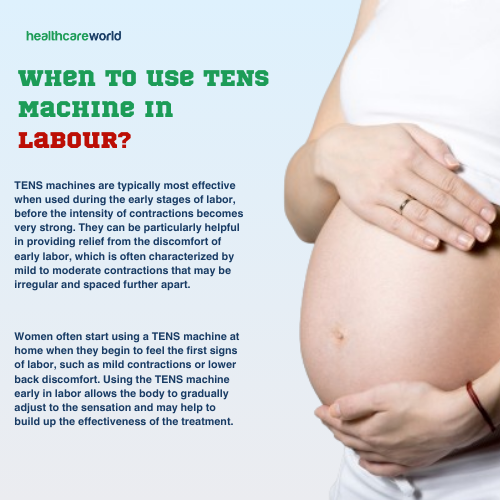
Bringing new life into the world is undoubtedly one of life's most incredible experiences. However, the journey of childbirth often comes with its own set of challenges and discomforts. Thankfully, modern technology has provided expecting mothers with innovative solutions to manage pain during labor. One such tool gaining popularity is the TENS machine. In this comprehensive guide, we'll delve into the benefits of using a TENS machine during labor, the ideal timing for its application, and how it can empower women through the birthing process.
Understanding TENS Machines
TENS, or Transcutaneous Electrical Nerve Stimulation, is a non-invasive pain relief method that involves the use of a small, portable device. It works by sending mild electrical impulses through electrodes placed on the skin, effectively blocking pain signals from reaching the brain and promoting the release of endorphins, the body's natural painkillers. TENS machines have been widely used for various types of pain management, including chronic pain, sports injuries, and, increasingly, during childbirth.
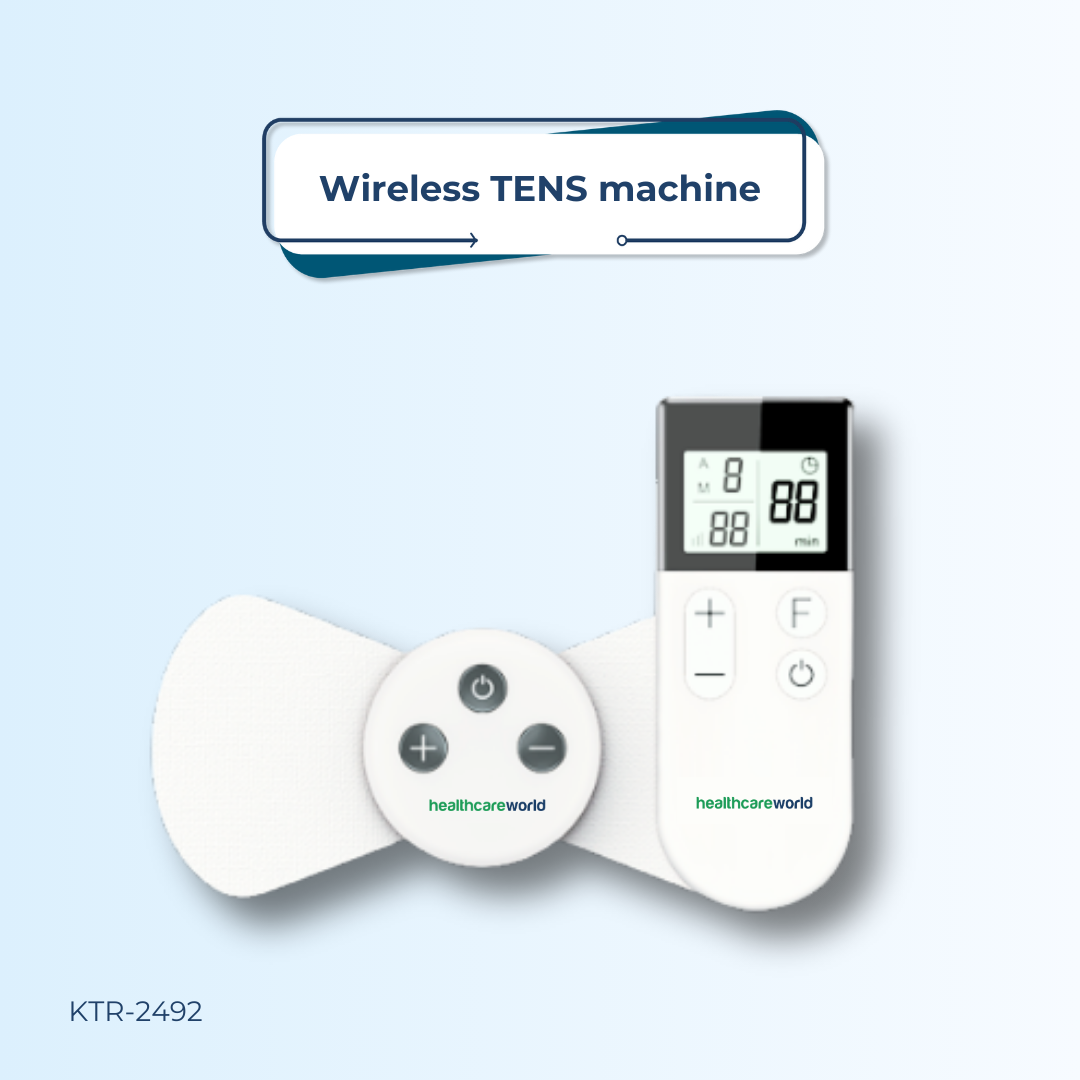
Benefits of Using a TENS Machine in Labour
Research has shown that TENS machines can offer significant benefits to women during labor. One study published in the "Journal of Midwifery & Women's Health" found that women who used TENS during labor reported lower pain levels compared to those who did not use it (Smith et al., 2014). Additionally, TENS machines are safe to use, drug-free, and can be self-administered, giving women a greater sense of control over their pain management during childbirth.
When to Use a TENS Machine in Labour
Determining the ideal timing for the use of a TENS machine during labor is crucial for maximizing its effectiveness. While every woman's experience of labor is unique, there are certain stages where TENS therapy is particularly beneficial. According to the American College of Obstetricians and Gynecologists (ACOG), TENS is most effective when started early in labor, preferably during the latent phase when contractions are still mild and irregular (ACOG, 2020). This allows the body to build up its natural pain relief mechanisms before the intensity of contractions increases.
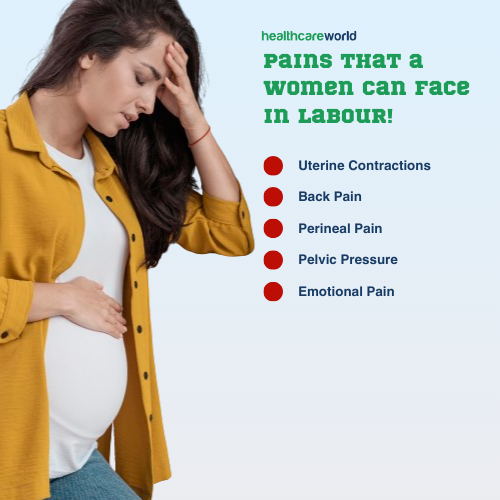
As labour progresses into the active phase, typically characterized by stronger and more frequent contractions, the TENS machine can continue to provide relief by distracting the brain from the sensation of pain and promoting relaxation. However, it's important to note that TENS may be less effective during the later stages of labour when contractions become more intense. At this point, women may choose to combine TENS therapy with other pain relief options, such as gas and air or epidural anesthesia, for optimal comfort.
In conclusion, the use of a TENS machine during labour can offer expectant mothers a safe, drug-free method of pain relief that enhances their birthing experience. By understanding the benefits of TENS therapy and the ideal timing for its application, women can make informed decisions about managing pain during childbirth. As always, consulting with a healthcare provider is recommended to determine the most suitable pain relief options based on individual needs and preferences. To know more visit here
Reference List
Smith, J. R., Boyle, M. V., & Stanley, B. (2014). The use of transcutaneous electrical nerve stimulation for pain relief in labour. Journal of Midwifery & Women's Health, 59(2), 111-120.
American College of Obstetricians and Gynecologists (ACOG). (2020). Pain Relief During Labor and Delivery.


